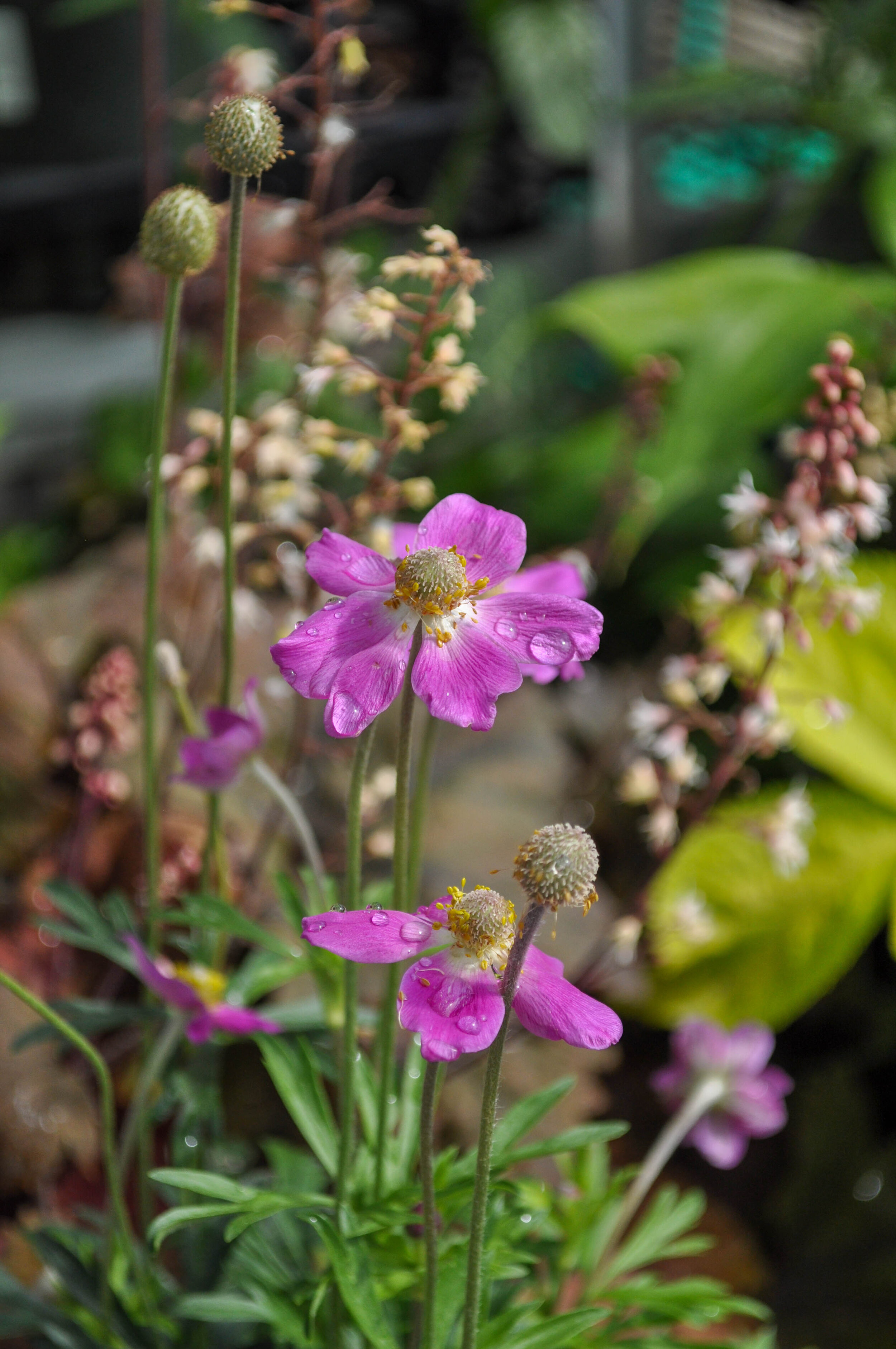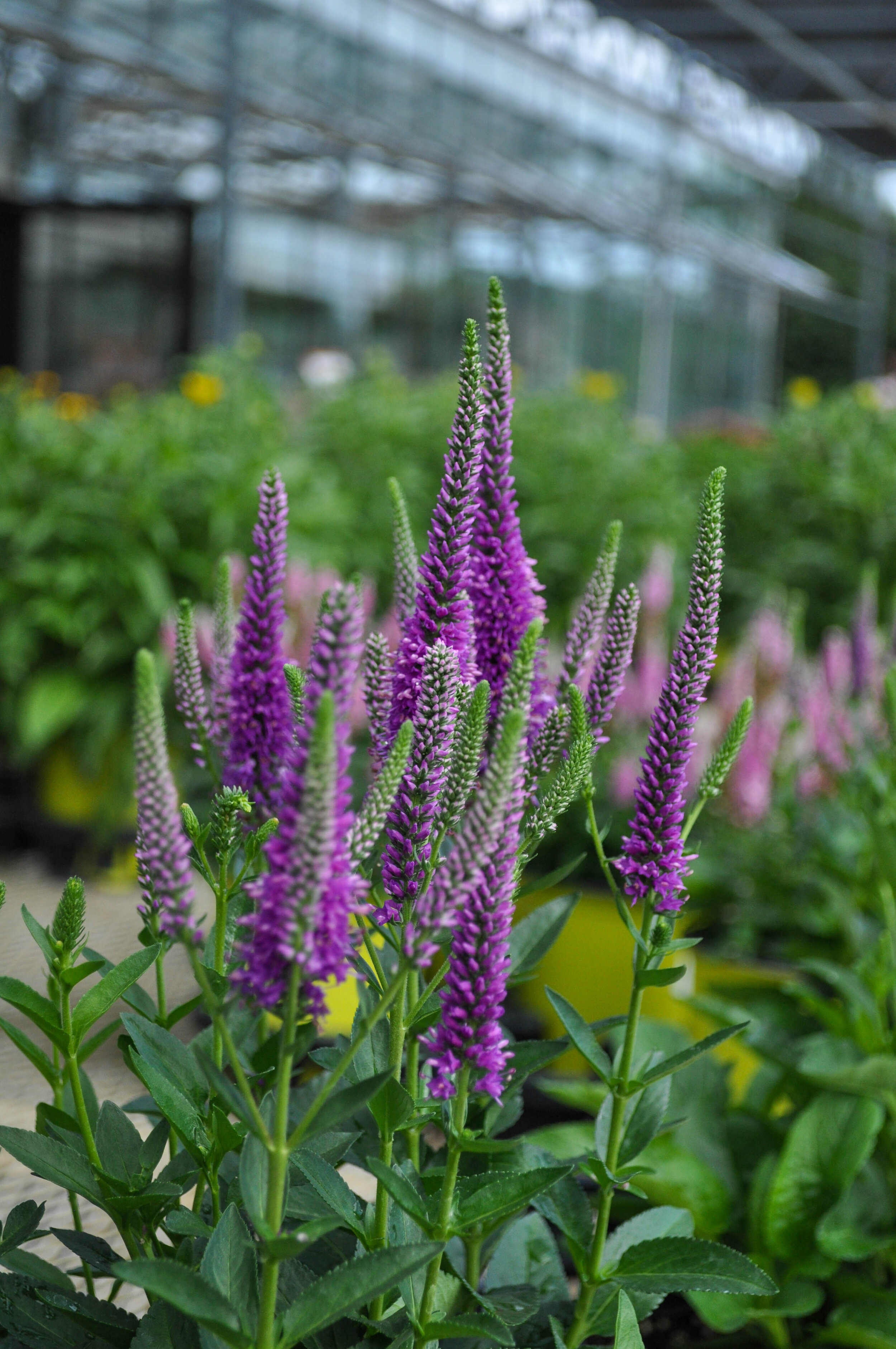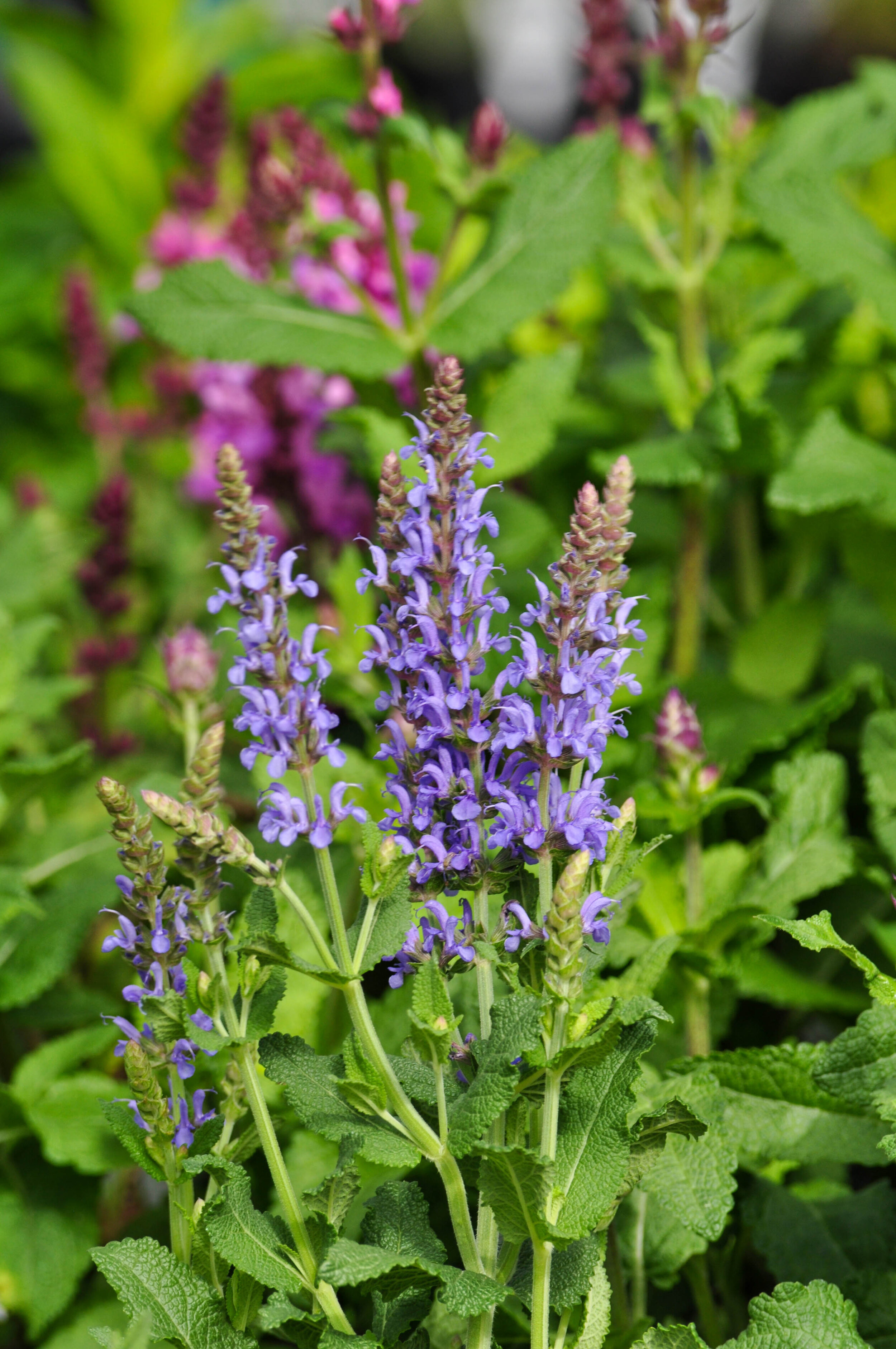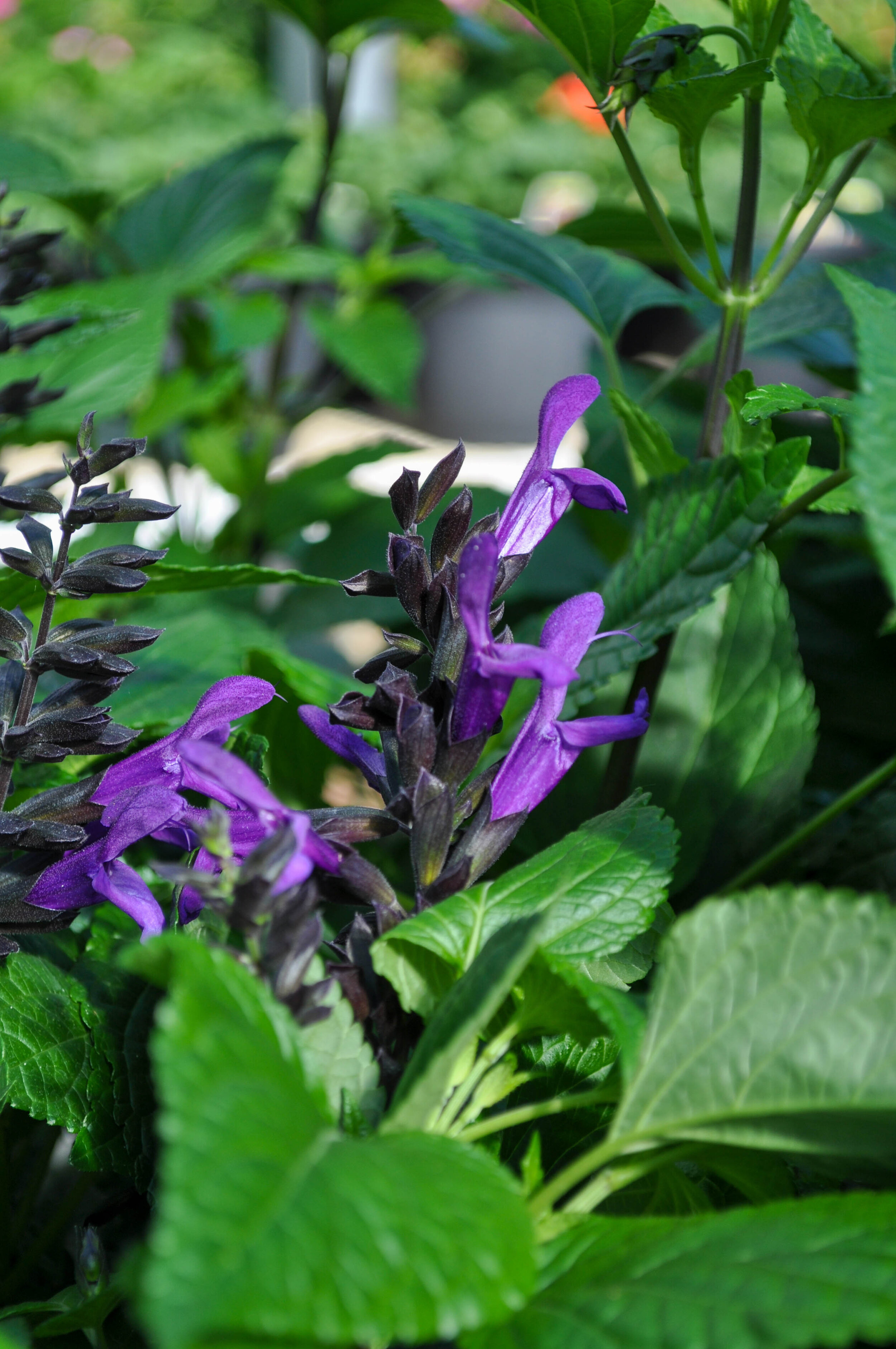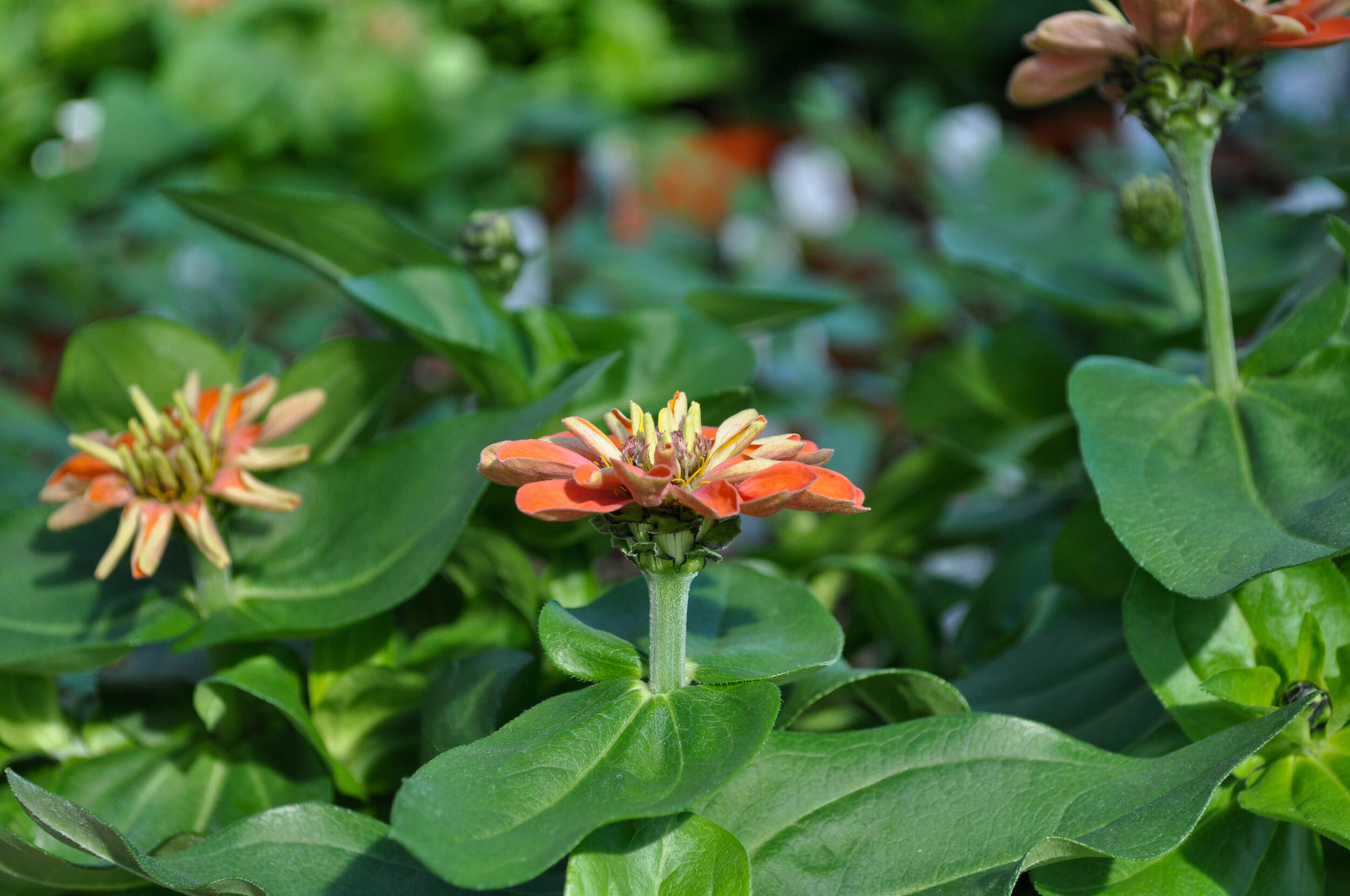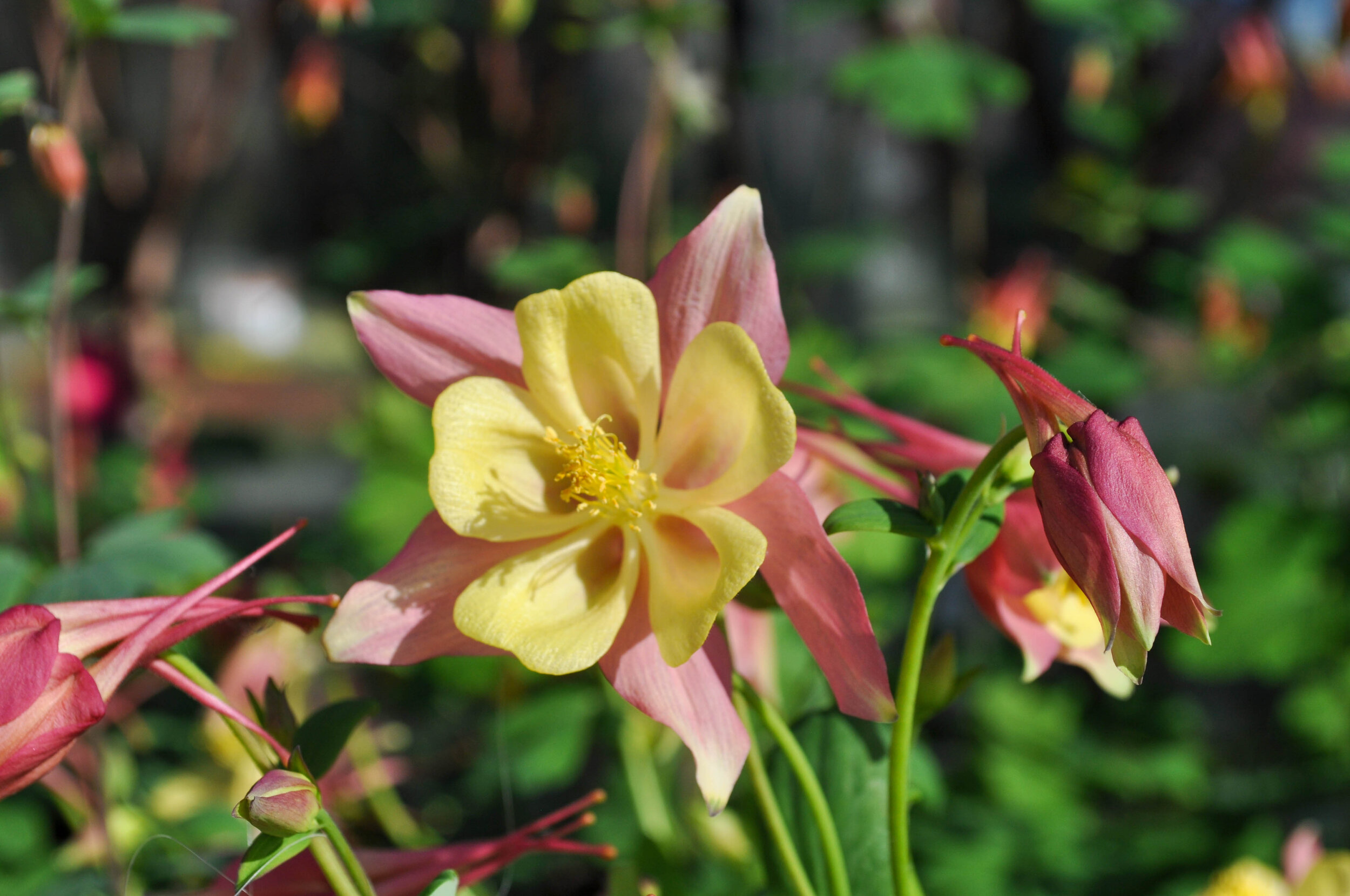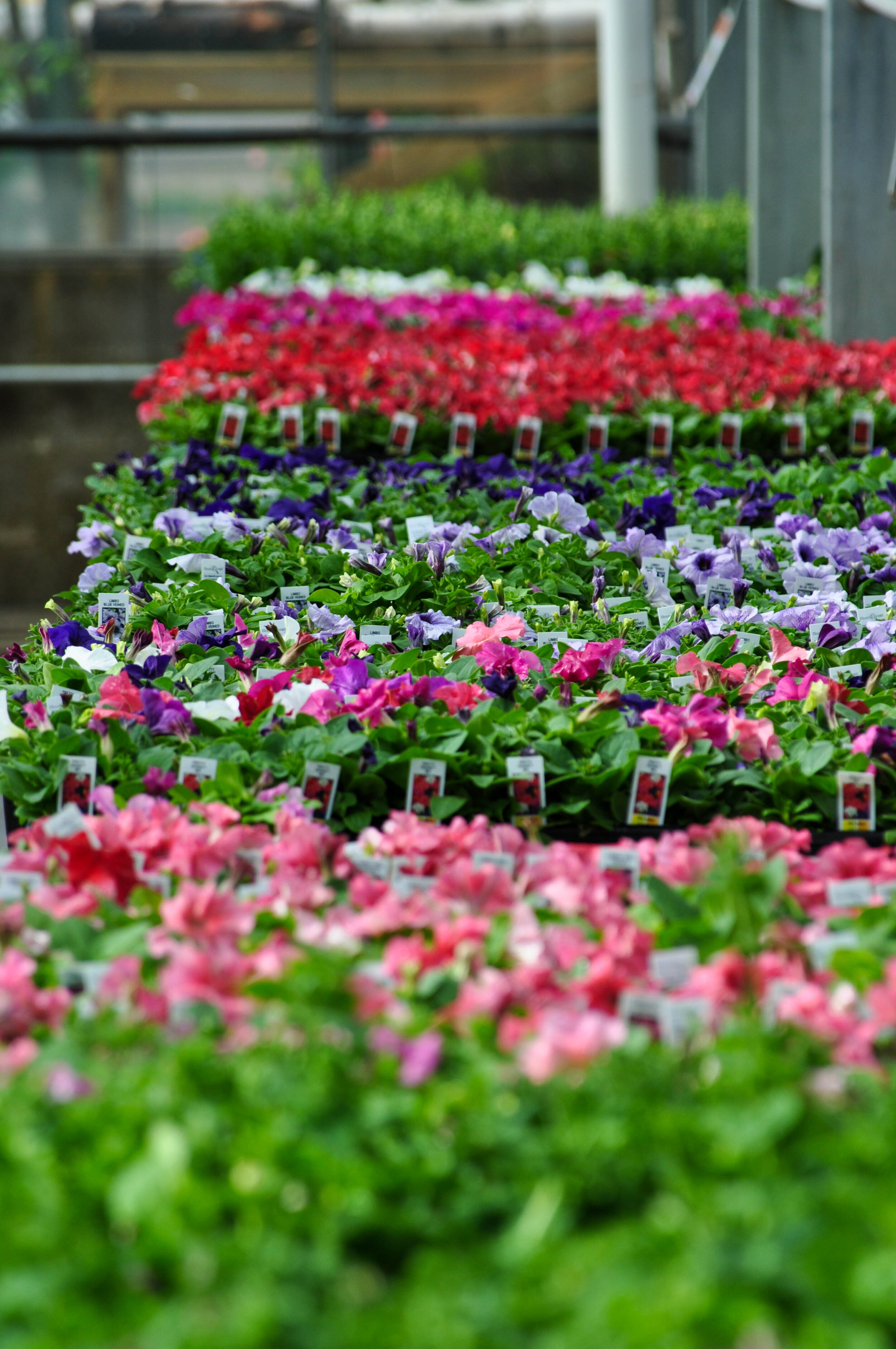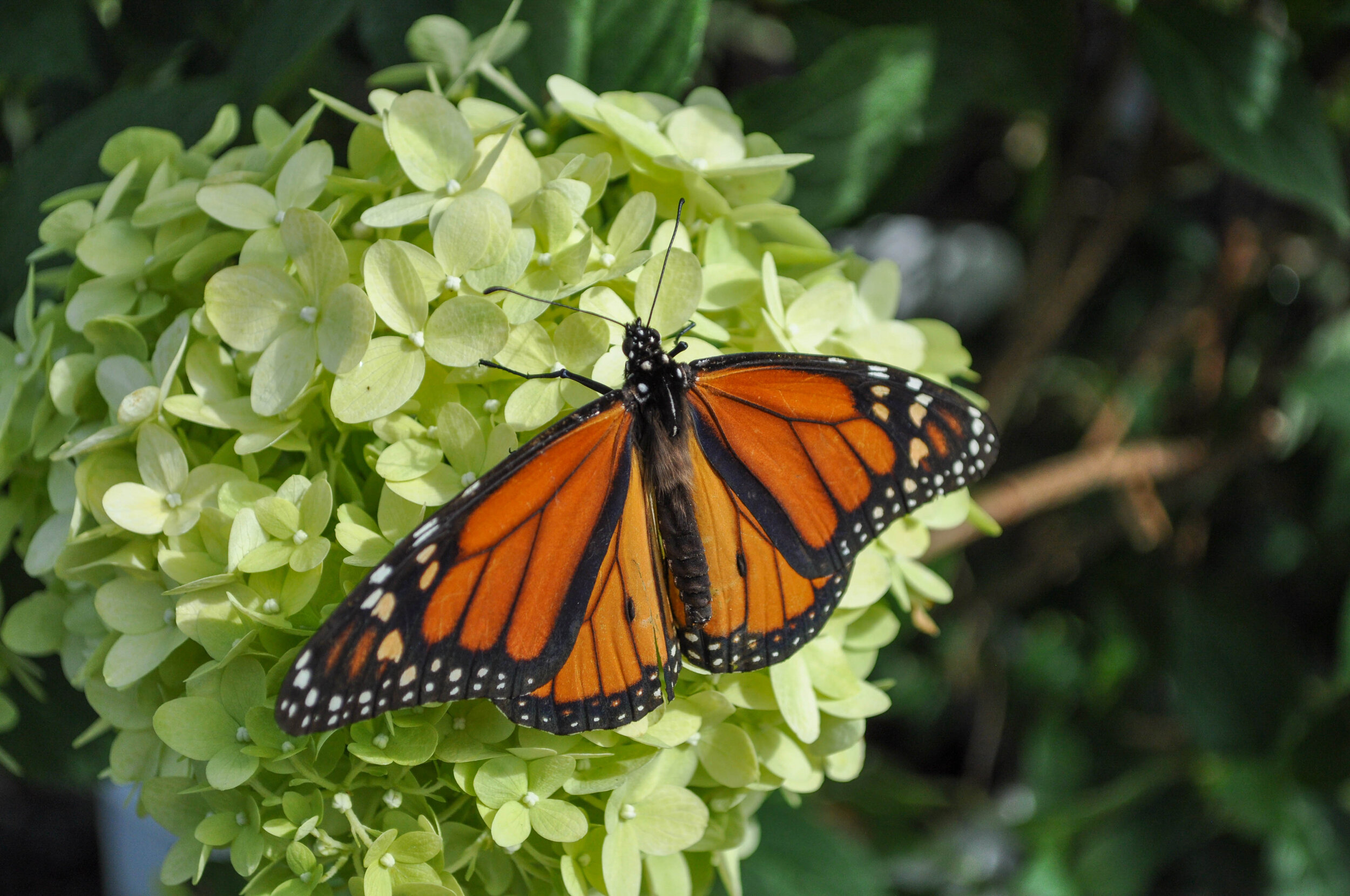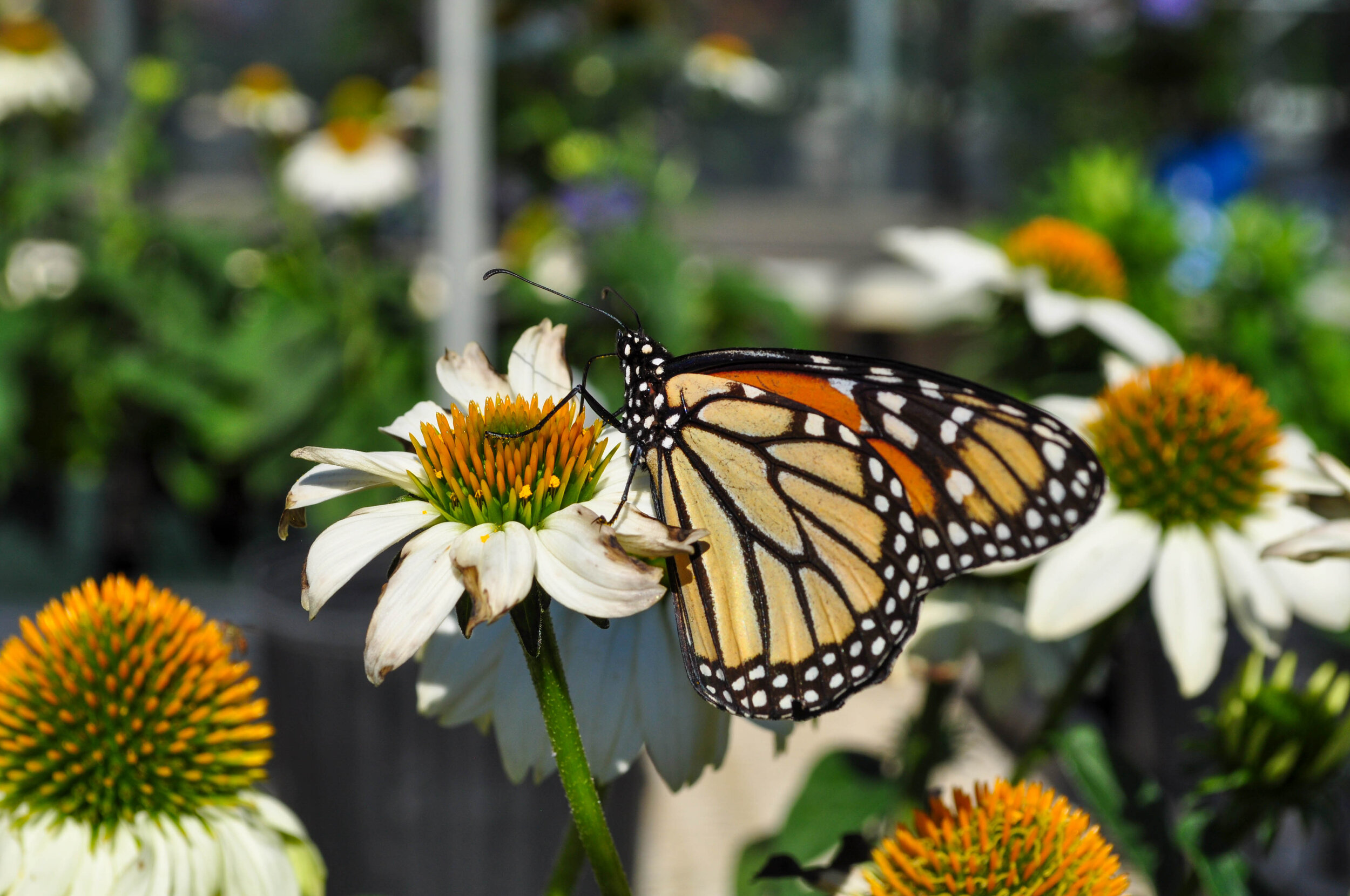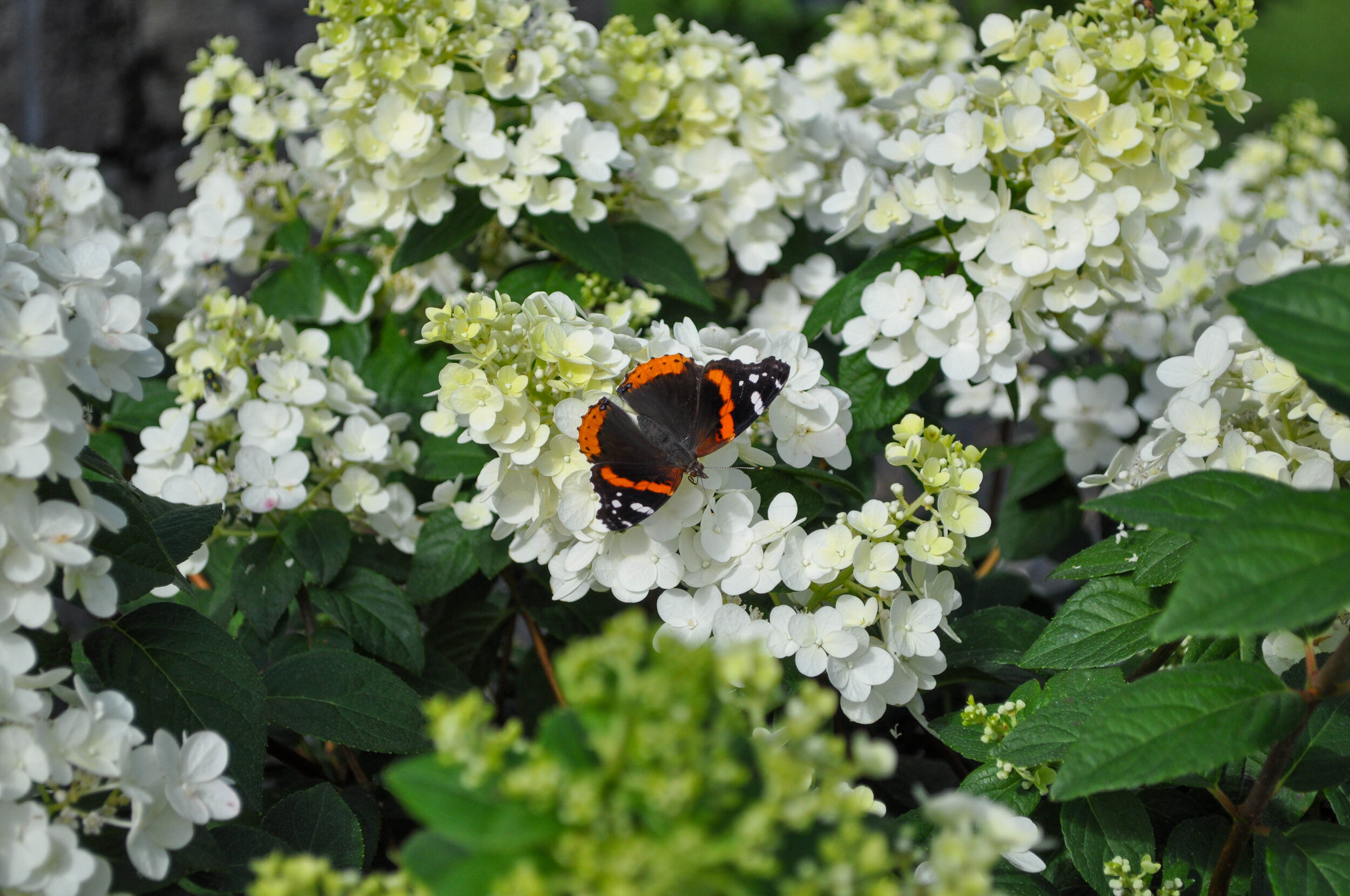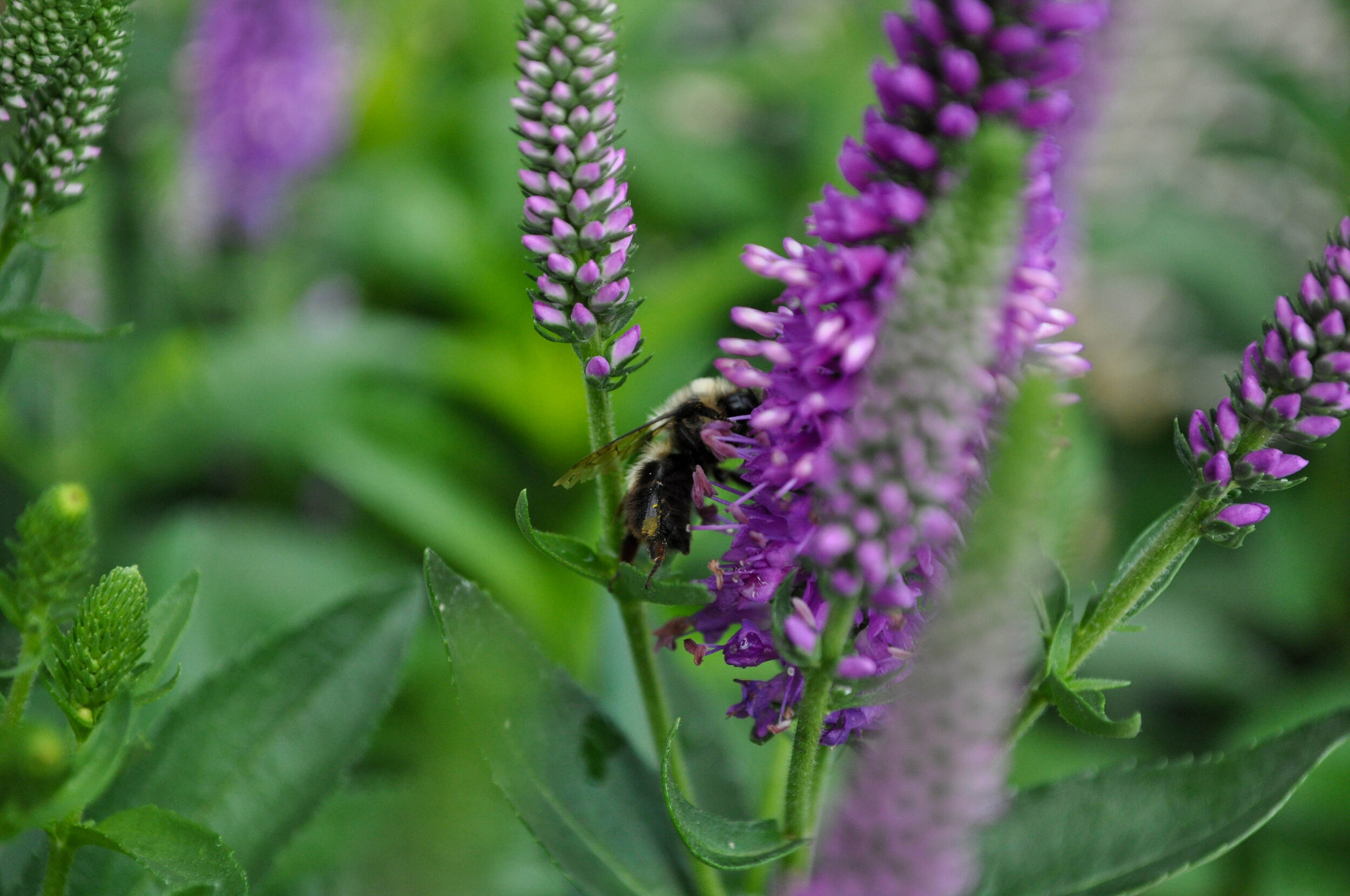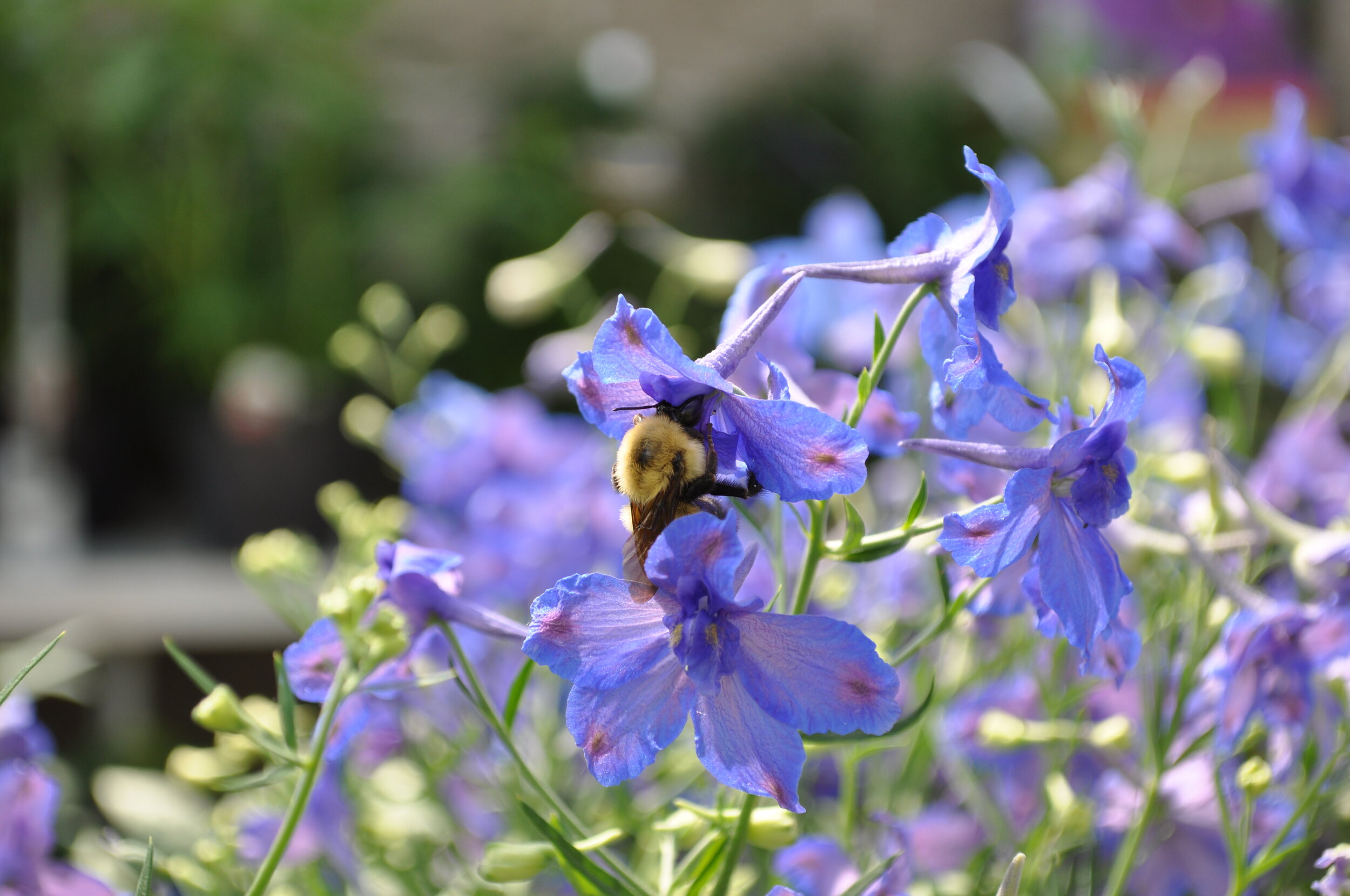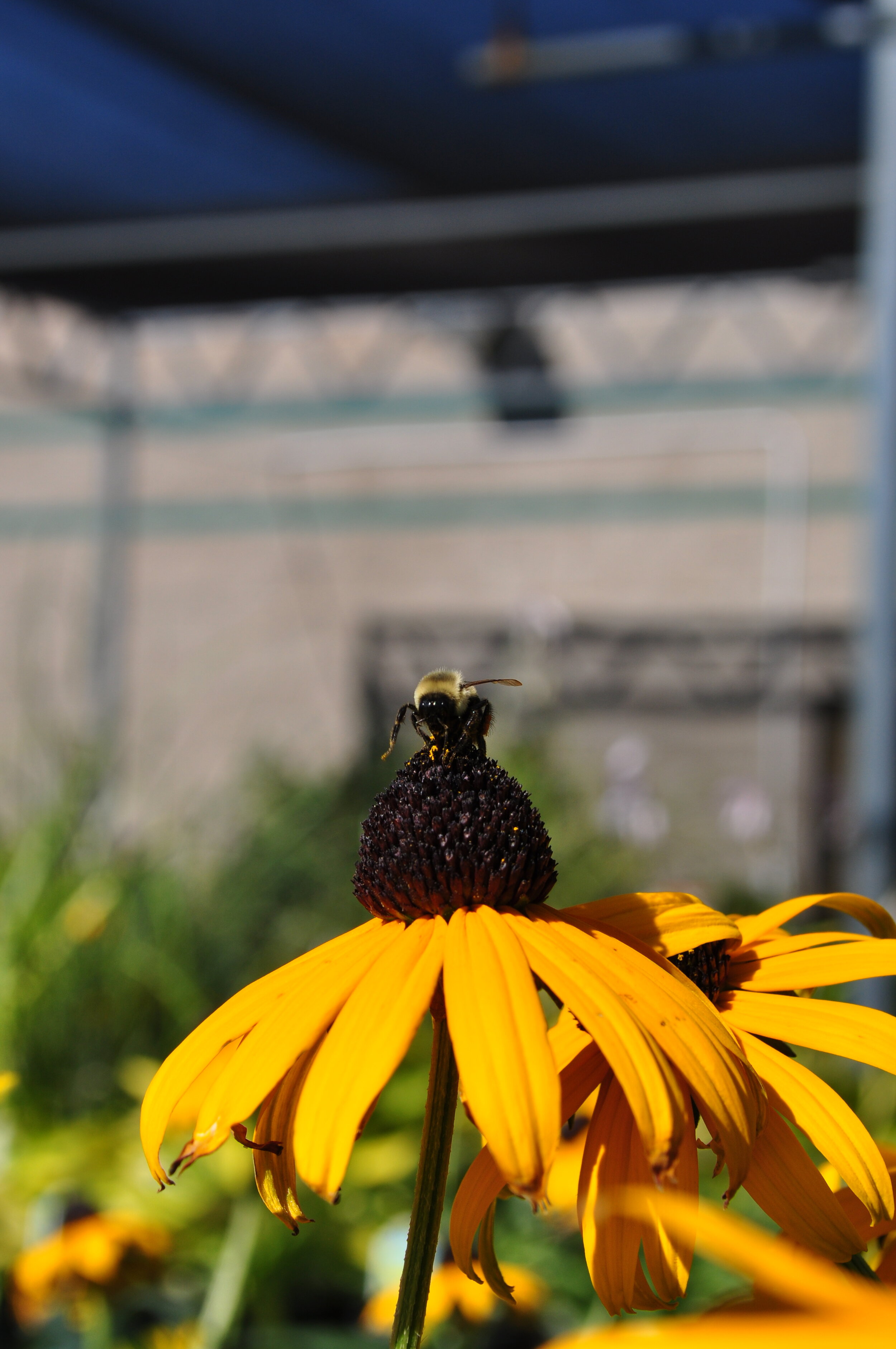Birds, Butterflies, Beetles, and Bees
By: Christina T.
What do all of these b’s have in common?? They are all pollinators! There are many different pollinators that flowers can attract to your garden, but the most common are hummingbirds, monarch butterflies, goldenrod soldier beetles, and bumblebees.
So, what do these pollinators look for in a flower?? Well, lots of things. Pollen production, color, size, shape, and bloom time determine what pollinator will visit. Plants that produce an abundant amount of nectar and pollen is a great place to start.
Did you know?? Violet and blue flowers produce the most nectar!
Here are a few helpful tips on how to select flowers for each pollinator you are hoping to attract. There are some plants that attract all sorts of pollinators while other plants are more specific in what they attract.
What does it mean to be a hummingbird-friendly plant??
Hummingbirds make their visits short and sweet, but there are ways to keep them coming back for more. Select plants that provide an abundance of nectar so they receive the proper amount of nutrition. Hummingbirds have been known to be attracted to red flowers. Search for bright shades of red, orange, or pink flowers. Also, look for long, tubular flowers to accommodate their long bills. They enjoy native flowers that they can feed from year after year. Incorporating many different varieties of plants is best to keep them coming back for more.
Native Plants for Hummingbirds: Butterfly flower, columbine, cardinal flower, lupine, salvia, Bee Balm
Annual Plants for Hummingbirds: Petunia, salvia, Dipladenia, Zinnia
What does it mean to be a Monarch butterfly-friendly plant??
Monarch butterflies seek out many different varieties of milkweed to lay their eggs. Caterpillars feed exclusively on milkweed. However, incorporating other sources of nectar is just as important so the Monarch Butterfly can make its migration back to Mexico. Late-blooming native plants are going to be key. It is best to incorporate a wide variety of native perennials that produce high amounts of nectar to attract these orange and black beauties.
Native Plants for Monarch Butterflies: Milkweed, Bee Balm, Joe Pye weed, Asters, Echinacea, Liatris, Goldenrod, Ironweed, butterfly bush
Annual Plants for Monarch Butterflies: Zinnia, Lantana, Sweet Alyssum, Marigolds
What does it mean to be a bee-friendly plant??
Bees enjoy flowers in the blue and purple color spectrum because these flowers produce the most nectar. Bees will feast on as much nectar they can get at, so don’t be afraid to add other color flowers that you personally enjoy too. Honeybees enjoy smaller flowers, while bumblebees might be drawn to a large flower that can support their size. Some bees have shorter tongues than other bees. Select flowers that bees can visit with easily accessible nectar.
Native Plants for bees: Allium, Coneflower, Catmint, Borage, Joe Pye weed, Bee Balm
Annuals Plants for bees: Zinnia, Lavender, Chives, salvia


